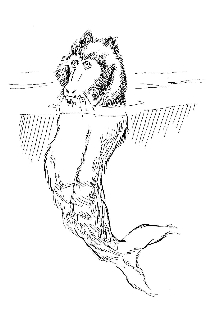
July 27, 2008

Steller’s Sea Ape, as drawn by Harry Trumbore, from The Field Guide to Bigfoot and Other Mystery Primates (2006: 64-65).
A good overview of the expedition leading to the remarkable sighting of what has become known as Steller’s Sea Ape can be found in the November 17, 2005, article in the California Literary Review. The essay is by Peter Bridges, former U.S. ambassador to Somalia, and is about the animal discoveries made by naturalist Georg Wilhelm Steller.
Bridges writes that:
In January 1738, Steller set out from St. Petersburg on a five-thousand mile journey across European Russia and Siberia to Kamchatka on the Pacific Ocean. His assignment was to study plants, animals and minerals in the empire’s eastern reaches….
And later relates that on August 10, 1741:
One smallish fur-bearing creature that Steller reported sighting at sea has never been seen since then. It was a playful animal with a head like a dog and a fat hairy body, and it cavorted around the ship for two hours. Steller called it a sea ape; he thought it must be an oceangoing primate. Today’s cryptozoologists keep Steller’s sea ape in their list of mysterious mammals, along with the Asian Yeti and American Bigfoot. Most people think it must have been a monk seal.
The Hawaiian monk seal hypothesis may not be as widely accepted as Bridges records. Cryptozoologist Roy Mackal, for example, in his 1980 book, Searching for Hidden Animals, felt the Steller’s Sea Ape might be a juvenile specimen of an unknown long-necked pinniped. Steller himself related it to the Danish Sea Monkey, Simia marina danica.
According to biographer Dean Littlepage in his Steller’s Island: Adventures of a Pioneer Naturalist in Alaska (The Mountaineers Books, 2006), the most likely explanation for the sea ape is a young Northern Fur Seal. Their forelimbs are set back far enough on their torso that they might have been obscured below the waterline, and the “shark-like” tail might have been the animal’s hind flippers. Steller was already familiar with fur seals, but Littlepage speculates that poor lighting during the lengthiest encounter with a probable juvenile could account for the misidentification.
The Field Guide to Bigfoot and Other Mystery Primates (2006: 64-65) notes the sighting was recorded off the Shuinagin Islands, Alaska. The book positively reconsiders Steller’s notion that the animal may have, indeed, been – only “possibly” – a sea-going primate, a merbeing. Of course, that is an outlandish idea, projected in the book due to editorial demands for diversity of content, imagery, and discussion (i.e. that is a long story). The unknown cryptid pinniped notion is conservatively more realistic.
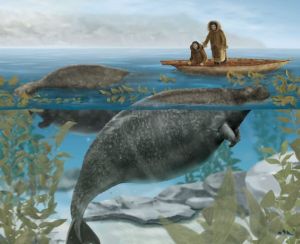
Steller, of course, is associated with one known marine animal that still is of keen interest to cryptozoology. Steller’s sea cow (Hydrodamalis gigas) was discovered in 1741, declared extinct in 1768, but infrequently reported since then, as a cryptid.
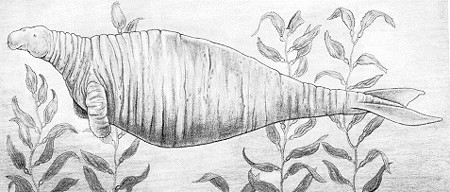

Steller’s Sea Cow, as drawn by Georg Steller.
Steller’s name also remains on many species that he discovered, including Steller’s Sea Raven (a cryptid cormorant-like bird never verified by formal zoology with a specimen), Steller’s Jay, Steller’s Eider, Steller’s Sea-Eagle, and Steller’s Sea Lion.
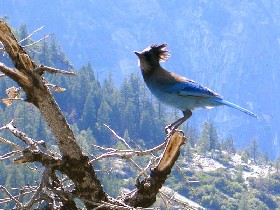

Steller’s Jay (Cyanocitta stelleri).

Steller’s Sea Eagle (Haliaeetus pelagicus).

Steller’s Eider (Polysticta stelleri).
[Steller’s] gumboot chiton (Cryptochiton stelleri).
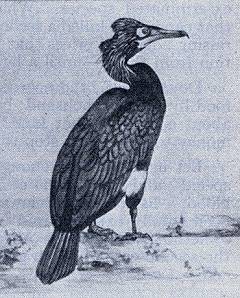
Spectacled cormorant or Pallas’ cormorant (Phalacrocorax perspicillatus) was also discovered in the Aleutian Islands by Georg Steller while exploring with Vitus Bering in 1741. Steller discovered the large, black birds while shipwrecked on a tiny island in the western Aleutians. This island was later named Bering Island because Vitus Bering and many of his crew died there during the long winter after the shipwreck. The spectacled cormorant was extinct within about a century. Steller’s records, six specimens, and two skeletons are the only evidence that this species existed fewer than 200 years ago. Steller was the only naturalist to see the spectacled cormorant alive.
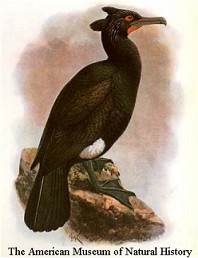
He even discovered a pinniped.
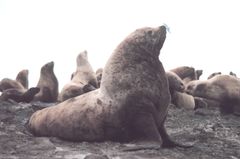
Steller sea lion (Eumetopias jubatus).
Steller, needless to say, was a great naturalist and keen observer. There is little doubt he saw his “Sea Ape.”
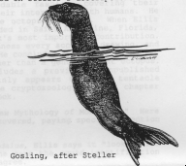
The question remains, what was Steller’s Sea Ape? What do you think?
About Loren Coleman
Loren Coleman is one of the world’s leading cryptozoologists, some say “the” leading living cryptozoologist. Certainly, he is acknowledged as the current living American researcher and writer who has most popularized cryptozoology in the late 20th and early 21st centuries.
Starting his fieldwork and investigations in 1960, after traveling and trekking extensively in pursuit of cryptozoological mysteries, Coleman began writing to share his experiences in 1969. An honorary member of Ivan T. Sanderson’s Society for the Investigation of the Unexplained in the 1970s, Coleman has been bestowed with similar honorary memberships of the North Idaho College Cryptozoology Club in 1983, and in subsequent years, that of the British Columbia Scientific Cryptozoology Club, CryptoSafari International, and other international organizations. He was also a Life Member and Benefactor of the International Society of Cryptozoology (now-defunct).
Loren Coleman’s daily blog, as a member of the Cryptomundo Team, served as an ongoing avenue of communication for the ever-growing body of cryptozoo news from 2005 through 2013. He returned as an infrequent contributor beginning Halloween week of 2015.
Coleman is the founder in 2003, and current director of the International Cryptozoology Museum in Portland, Maine.
Filed under Bigfoot, Books, Cryptomundo Exclusive, Cryptotourism, CryptoZoo News, Cryptozoologists, Cryptozoology, Eyewitness Accounts, Men in Cryptozoology, Merbeings, New Species, Sea Serpents, Weird Animal News